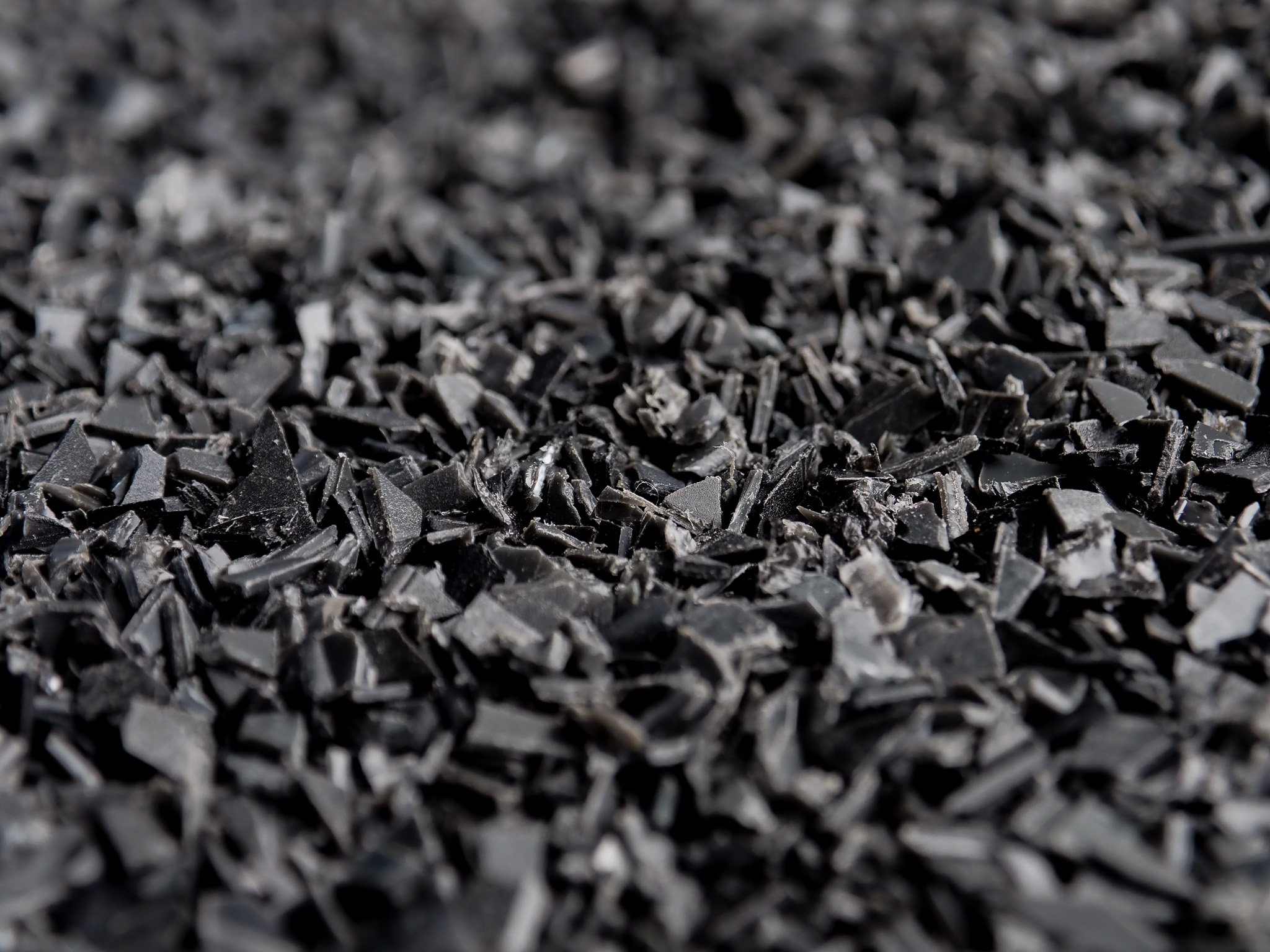Plastics: Identification Tool
Use this handy questionnaire to decide which plastic type your item is!
How to use the Plastic Identification Tool
To use this identification tool, simply answer a short series of questions about your item — things like whether it floats in water, feels waxy, crinkles when bent, or looks crystal clear. Each question narrows down the possibilities until we can suggest the most likely type of plastic.
You don’t need any special equipment, just:
A small clean sample of your item (cut a piece if it’s big).
A cup or bowl of plain tap water (for the float/sink test).
Your hands and eyes for simple bend, squeeze and look tests.
At the end, the tool will give you a conclusion with the most likely plastic type, and also show the second and third closest matches in case there’s overlap. Remember, many real-world items are blends or contain additives, so treat this as an educational guide rather than laboratory certainty.
This identification tool only works with PET, HDPE, LDPE, PVC, PP and PS.
How and Why the Tool Works
This tool works by using the simple physical properties that make each type of plastic unique. Every plastic has a characteristic “fingerprint, things you can see, feel, or test in seconds, and by combining a few quick observations, we can identify the most likely resin.
One of the most powerful clues is density: plastics like HDPE, LDPE and PP are lighter than water and float, while PET, PVC and PS are heavier and sink. Next comes mechanical behaviour: HDPE often feels waxy and turns white when bent, PP snaps more cleanly, LDPE stretches and rebounds, and PS tends to be brittle and crinkly. Appearance gives further hints: PET is crystal clear and tough, PP is slightly milky, PS is glassy and brittle, and PVC often looks and feels like vinyl. Some forms are even clearer giveaways, such as EPS foam trays or caps with living hinges that are almost always PP.
These differences come from the underlying polymer structures. PET’s tightly packed chains make it strong and glassy, LDPE’s looser chains make it soft and stretchy, and PP’s semi-crystalline structure gives it that distinctive snap. Manufacturers rely on these six main plastics because they deliver predictable performance at scale — which means most bottles, tubs, films and foams you’ll encounter are one of them.
By asking you about these simple traits, the tool reproduces in seconds what materials scientists and recyclers have relied on for decades: matching a plastic’s behaviour and appearance to its known properties. While it won’t replace laboratory testing, it’s a practical, low-cost way to learn how to recognise plastics and to understand the materials we handle every day.




